The history of traditional Chinese eyebrows makeup can be traced back to the Spring and Autumn Period(770 to 476 B.C.).
There is a verse in "Chu Ci" that says "Black-painted eyebrows and white-powdered cheeks(粉白黛黑,施芳泽之).", which means that women were wearing powder, drawing eyebrows and rouge at that time.
Traditional Chinese Eyebows Tools
Eyebrow tools are crucial. Unlike modern eyebrow pencils, eyebrow powders, eyebrow cream, etc., there are a wide variety of tools to choose from. But the ancients were still creative with their limited tools.
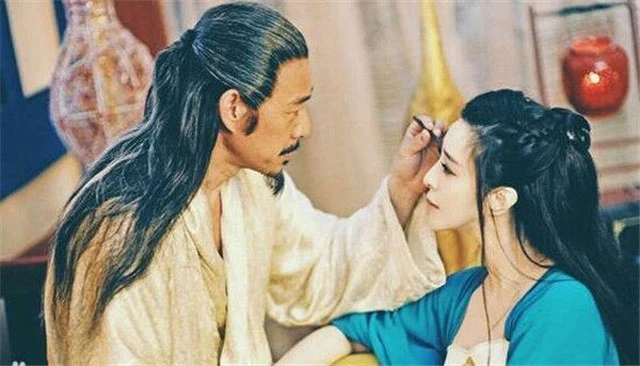
Before there was a specific material for eyebrow painting, Dai (黛), it was mainly used to draw eyebrows with burnt willow sticks, which women used to burn and apply to their eyebrows.
The earliest material used to paint eyebrows was Dai, a black mineral also known as "Shi Dai (石黛)".
Stone inkstones for grinding stone Dai are found in Han tombs, which means that this cosmetic was already in use in the Han Dynasty.
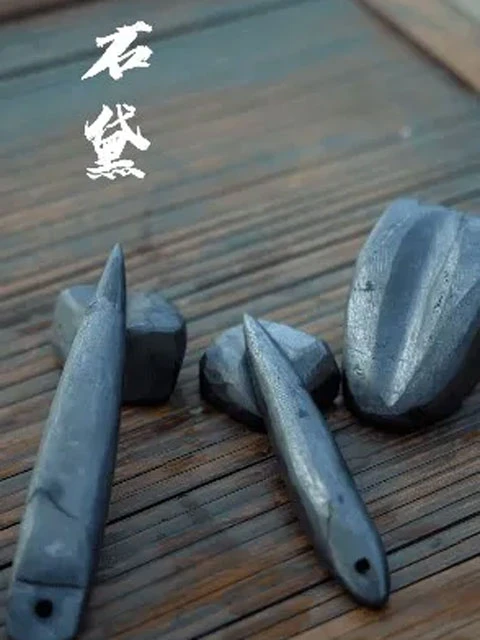
Before paint eyebrows, stone Dai had to be ground on the stone inkstone to make it into powder, and then water was added to mix it.
In addition to black color, there is also a dark gray material for painting eyebrows, which was introduced from the Western Regions during the North and South Dynasties and is known as Qing Que Tou Dai (青雀头黛).
At the beginning of the Tang Dynasty, the most popular one was the Shi Dai from Lingnan, which was naturally smooth and tender because it was extracted from streams. Mixed with aromatic dew and ground in the eyebrow ink, then dipped in a short and delicate eyebrow pencil and painted between the eyebrows.
In the middle and late Tang Dynasty, Luozi Dai was introduced from Persia, and it could be used by dipping in water, which was a precious product for women to draw their eyebrows, and was more expensive than gold.
During the Song Dynasty, the social trend was to make eyebrow makeup more simple and elegant, and the raw material for drawing eyebrows was replaced by Mo (墨, ink).
Song Dynasty Zhao Yanwei said in "Yunlu Manchao": In the previous dynasties, women drew eyebrows with Dai, so it was only found in poems and lyrics, which were all called ''Mei Dai Yuanshan (眉黛远山, describe the eyebrows are like distant mountains in ink painting)''. But now, people do not use Dai but Mo."
After the Yuan dynasty, the court women's Dai for eyebows makeup, all choose Beijing Mentougou District special eyebrow stone, to the Ming and Qing dynasties also.
Traditional Chinese Eyebows Types
Modern women need to trim their eyebrows before painting them, while ancient Chinese women removed all the long eyebrows and repainted them.
Zhu Yi wrote in the "Yi Jiao Liao Za Ji (猗觉寮杂记)", " Women shave off their eyebrows and paint them with Mo, as the ancient method". and on the clean brow bone, women can "paint" at will.
In ancient times, there were many different shapes of eyebrows, taking the Tang and Song dynasties as examples.
In the Tang Dynasty, women liked to draw thick eyebrows - thick and dense, with the eyebrows gathered together, leaving only a slit in the middle.
During the heyday of the Tang Dynasty, it was popular to paint the eyebrows broad and short, shaped like cinnamon leaves or moth wings.
In order to make the broad eyebrows not look dull, women painted their eyebrows with the color of the edges of the eyebrows evenly dispersed outward, which was called "halo eyebrows (晕眉)". There is another way to draw the eyebrows very thin, called "fine eyebrows (细眉)".
During the Tang Xuanzong period (712 to 756 A.D.), the shape of the eyebrow painting is even more colorful, including: Yuanyang eyebrow (鸳鸯眉), Xiaoshan eyebrow (小山眉), Wuyue eyebrow (五岳眉), Chuizhu eyebrow (垂珠眉), Daoyun eyebrow (倒晕眉).
During the Song Dynasty, women preferred long, thin, light-colored eyebrows.
For example, the classic Yuanshan eyebrow (远山眉) has an important place in the history of ancient Chinese eyebrow makeup, both in terms of the time it was created and the impact it had. The effect on the human face is actually more obvious.
There is another type of eyebrow that was very popular in the Song Dynasty, shaped like a crescent moon, called the moon eyebrow (月眉), which is characterized by its beauty after bending, in addition to its more intense color.
Most importantly, the moon brow is thicker and broader, which is distinctly different from the slender brow. To a certain extent, this reflects the diverse pursuit of beauty in the Song Dynasty, not just imitation and uniformity.
If you are keen on restoring hanfu attire, you can refer to the ancient women's eyebrow shapes to find one that best suits you.
After reading about the traditional Chinese eyebows, do you have any inspiration? Feel free to post your thoughts in the comments section.
More about traditional Chinese eyebows makeup:
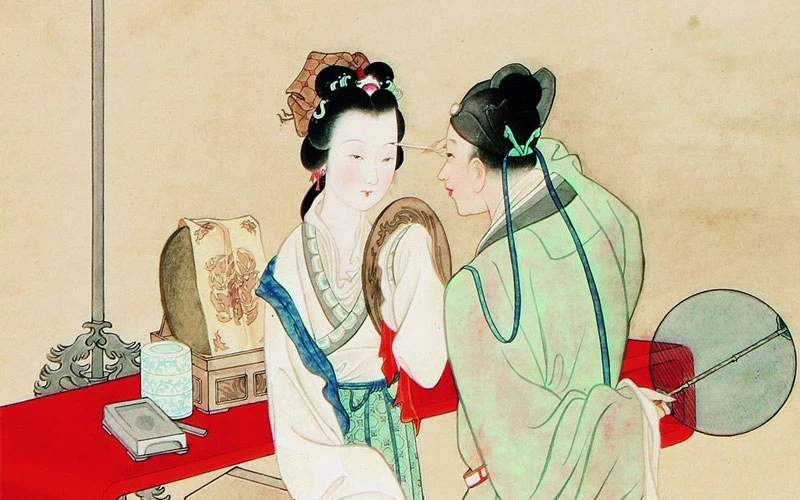
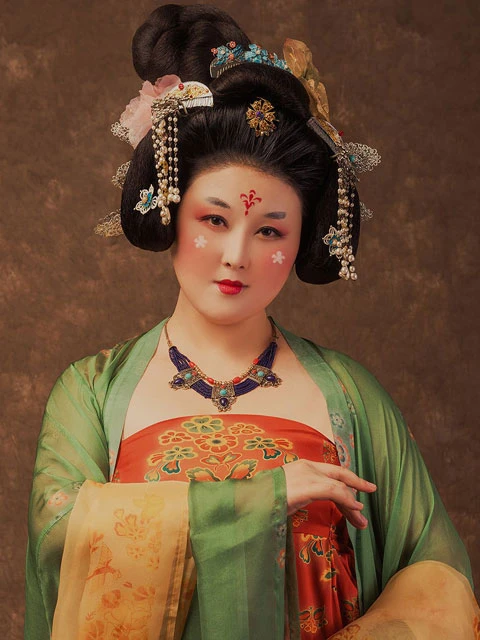
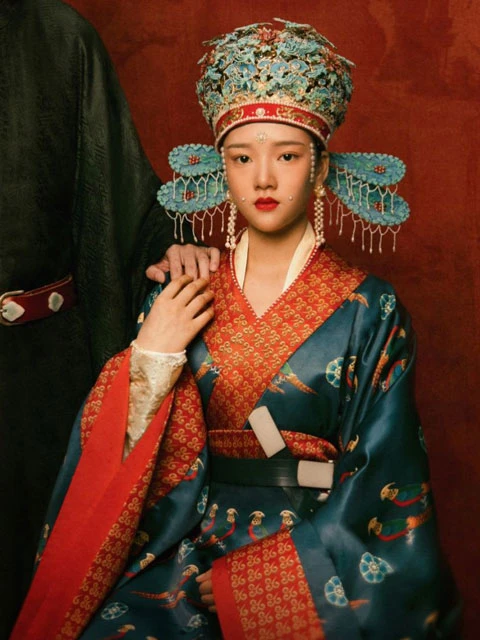
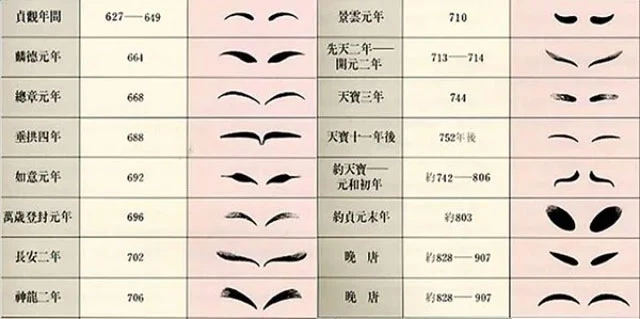
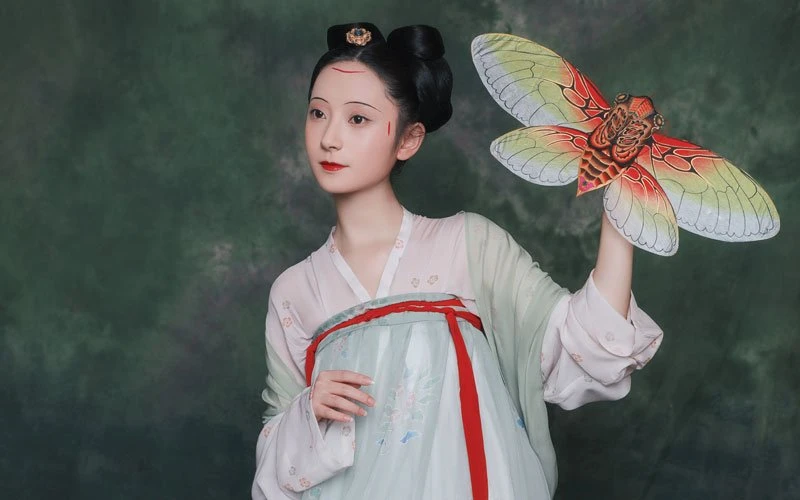
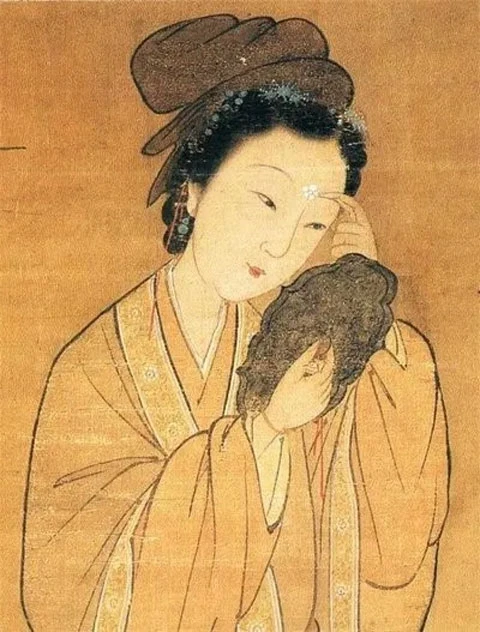
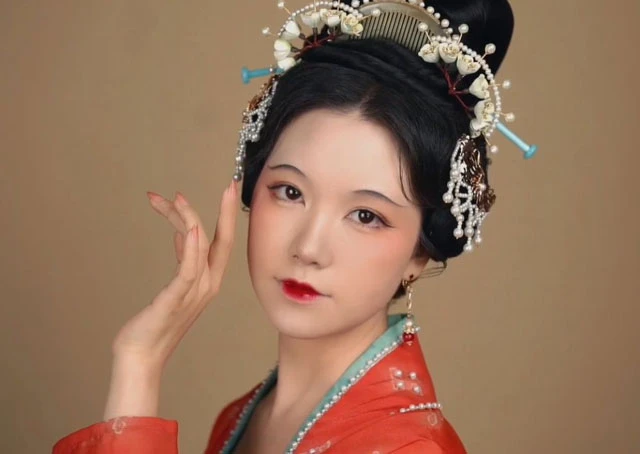
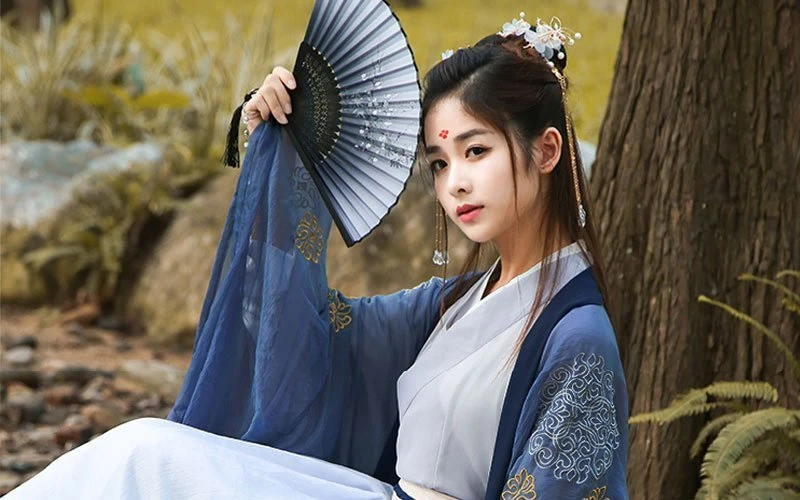
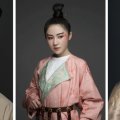

❤️